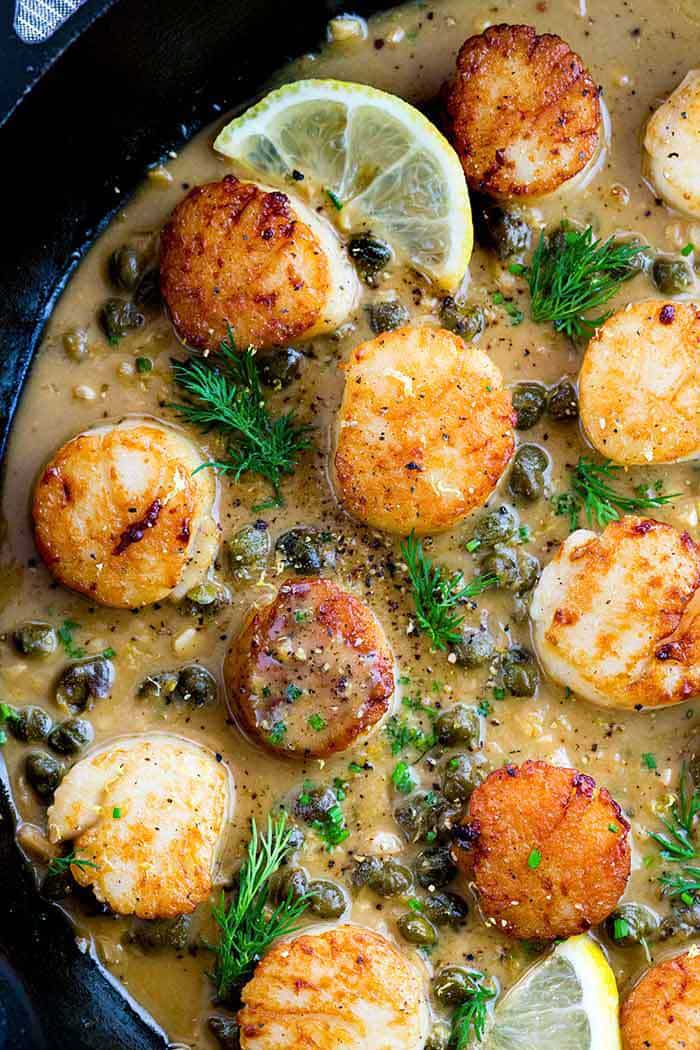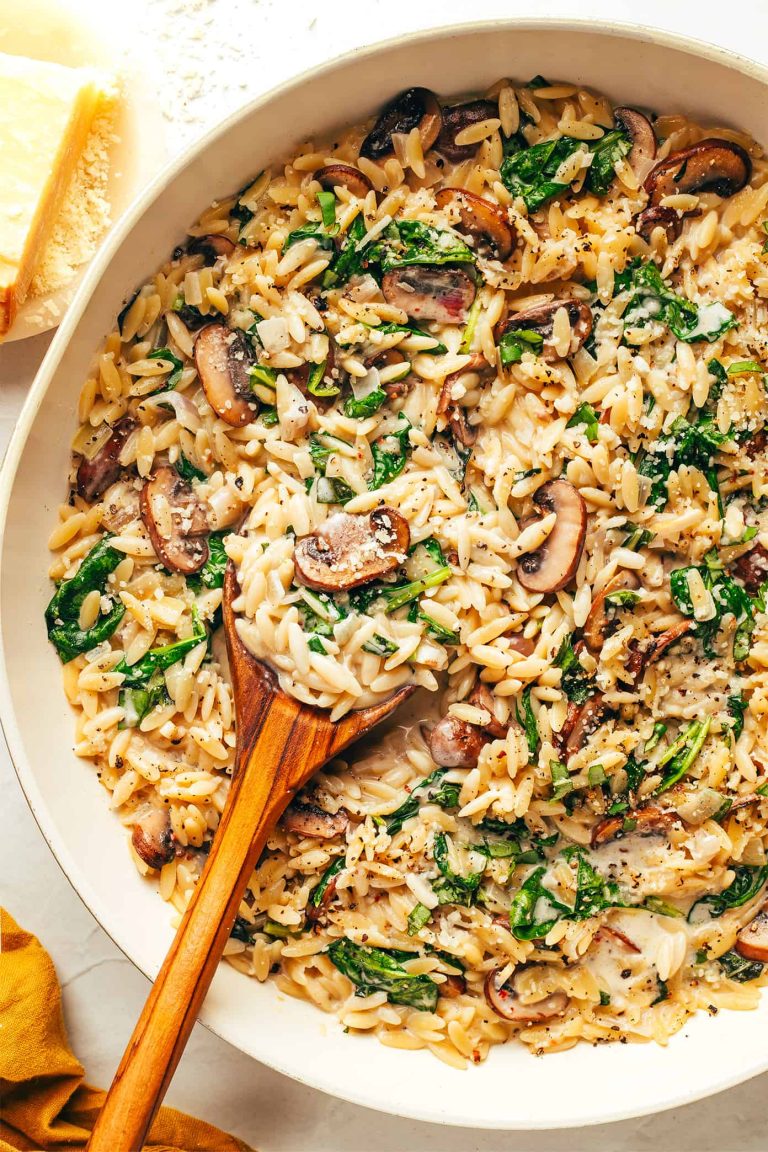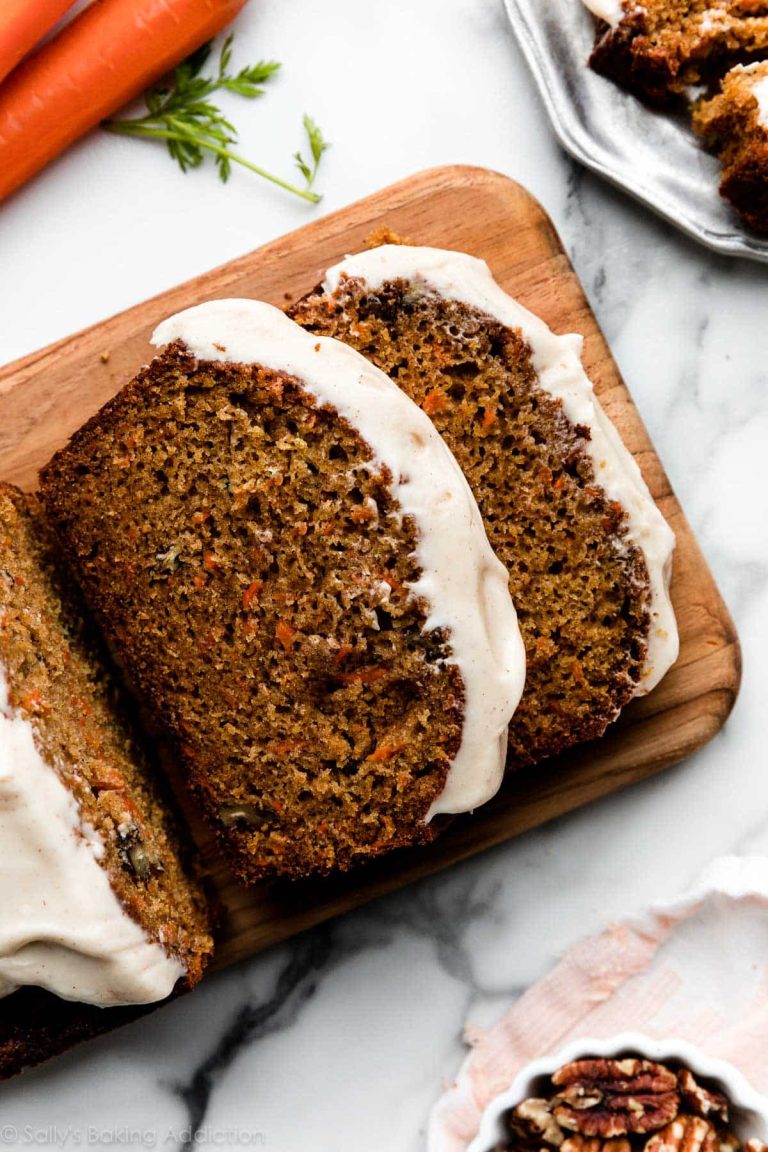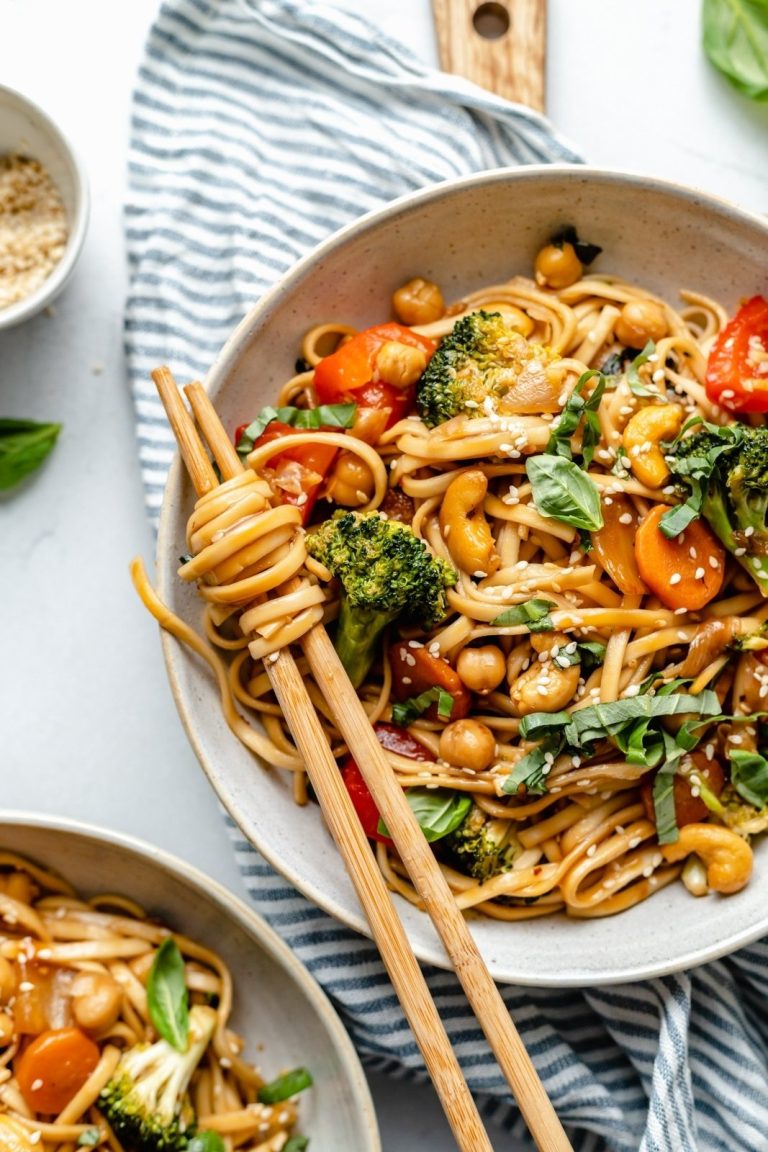Seared Scallops Recipe: Techniques, Benefits, and Delicious Serving Ideas
Selecting the best scallops ensures a delicious outcome. Look for sea scallops over bay scallops, as they’re larger and better suited for searing. Opt for dry-packed scallops instead of wet-packed; they’re free from added chemicals and retain their natural flavor. Fresh, not previously frozen, scallops are ideal, but if buying frozen, thaw them completely in the fridge for best results.
Best Oils and Fats for Searing
The right oil enhances the searing process. Use oils with high smoke points to achieve a perfect sear without burning. Canola oil and grapeseed oil are excellent choices. For added flavor, combine oil with a bit of butter; the butter browns, adding a nutty taste that complements the scallops beautifully. Ensure the pan reaches the correct temperature before adding the scallops to create that desirable crispy crust.
Essential Techniques for Perfect Searing
Proper Scallop Preparation
Dry scallops thoroughly before searing to ensure a crisp crust. Use paper towels to pat them dry and remove any excess moisture. If moisture remains, it causes steaming instead of searing.
Season scallops with salt and pepper just before cooking. Consider using sea salt for better flavor distribution. If marinating, ensure it complements scallops’ delicate taste without overpowering it.
Achieving the Perfect Sear
Preheat a skillet over medium-high heat until it’s hot, which usually takes 3-5 minutes. An adequately heated pan prevents sticking and promotes even cooking. Test by sprinkling a few drops of water; they should sizzle and evaporate immediately.
Use oil with a high smoke point, such as canola or grapeseed oil. Add the oil to the hot pan, then wait for it to shimmer before adding scallops—this signifies the oil is hot enough.
Place scallops in the pan without overcrowding, leaving space between each one. Cook for 2-3 minutes on one side without moving them. Check for a golden-brown crust before flipping—do this only once to avoid breaking the crust and texture. After flipping, cook for another 1-2 minutes on the other side.
Accompanying Sauces
Enhancing seared scallops’ flavor, sauces offer a variety of tastes and textures. Lemon-butter sauce provides a subtle, tangy complement. For a richer taste, you might prefer a garlic-herb butter. Asian-inspired soy-ginger glaze adds an umami kick, while a light vinaigrette offers a refreshing option. Another effective choice is balsamic reduction, lending a sweet acidic touch.
Side Dishes That Complement Scallops
Selecting side dishes enhances scallops’ delicate flavor. Roasted asparagus, offering a crisp contrast, is an excellent match. Garlic mashed potatoes provide a creamy texture, balancing the scallops’ firmness. If you prefer grains, consider a quinoa salad topped with fresh herbs and citrus segments. For a lighter option, serve a simple arugula salad with lemon dressing. Steamed vegetables like broccoli or green beans provide nutritional value without overpowering the main dish.
Nutritional Benefits of Seared Scallops
Macronutrients in Scallops
Seared scallops offer a nutritious profile packed with essential macronutrients. A three-ounce (85-gram) serving contains approximately 17 grams of protein, offering a lean source of high-quality protein crucial for muscle repair and growth. Scallops also provide about one gram of fat, primarily healthy unsaturated fats that aid in heart health. Carbohydrates are nearly negligible in scallops, making them an ideal choice for low-carb diets.
Health Benefits of Seafood
Including seared scallops in your diet introduces various health benefits linked to seafood consumption. They’re rich in omega-3 fatty acids, which support cardiovascular health by reducing inflammation and lowering triglyceride levels. Scallops also contain micronutrients like vitamin B12, vital for nerve health and red blood cell formation, and selenium, an antioxidant that protects cells from damage. Regular seafood consumption has been associated with lower risks of chronic diseases like heart disease and rheumatoid arthritis, making seared scallops a beneficial addition to your meals.
Conclusion
Mastering simply seared scallops at home isn’t just about perfecting your cooking technique; it’s also about appreciating the nutritional benefits these delicious morsels offer. By following the right preparation and cooking methods, you’ll create a dish that’s both flavorful and healthful. Whether you’re an experienced cook or a beginner, this guide equips you with the knowledge to make scallops a regular part of your culinary repertoire. Enjoy the satisfaction of serving a meal that’s not only gourmet but also packed with essential nutrients that support overall well-being.






